The Best From The Venice Architecture Biennale 2023
By Keshav AnandTitled The Laboratory of the Future and curated by Ghanaian-Scottish architect, academic and writer, Lesley Lokko, the 2023 Venice Architecture Biennale is now open to the public and running until 26 November 2023. The Biennale includes 63 national participants spread across the Giardini, at the Arsenale, and in the historic city centre of Venice. As ever, the diverse contributors hail from various parts of the world, encompassing both established figures and emerging studios. Notably, 2023’s exhibition welcomes Niger for the first time, along with Panama, which has its own pavilion. This year also marks the inclusion of the Biennale College Architettura, bringing together fifteen international educators with fifty students, early career practitioners, and academics from around the globe, for a unique four-week teaching programme. Taking a closer look, Something Curated highlights the must-see pavilions, events and presentations not to miss at the 18th International Architecture Exhibition.
Panama Pavilion
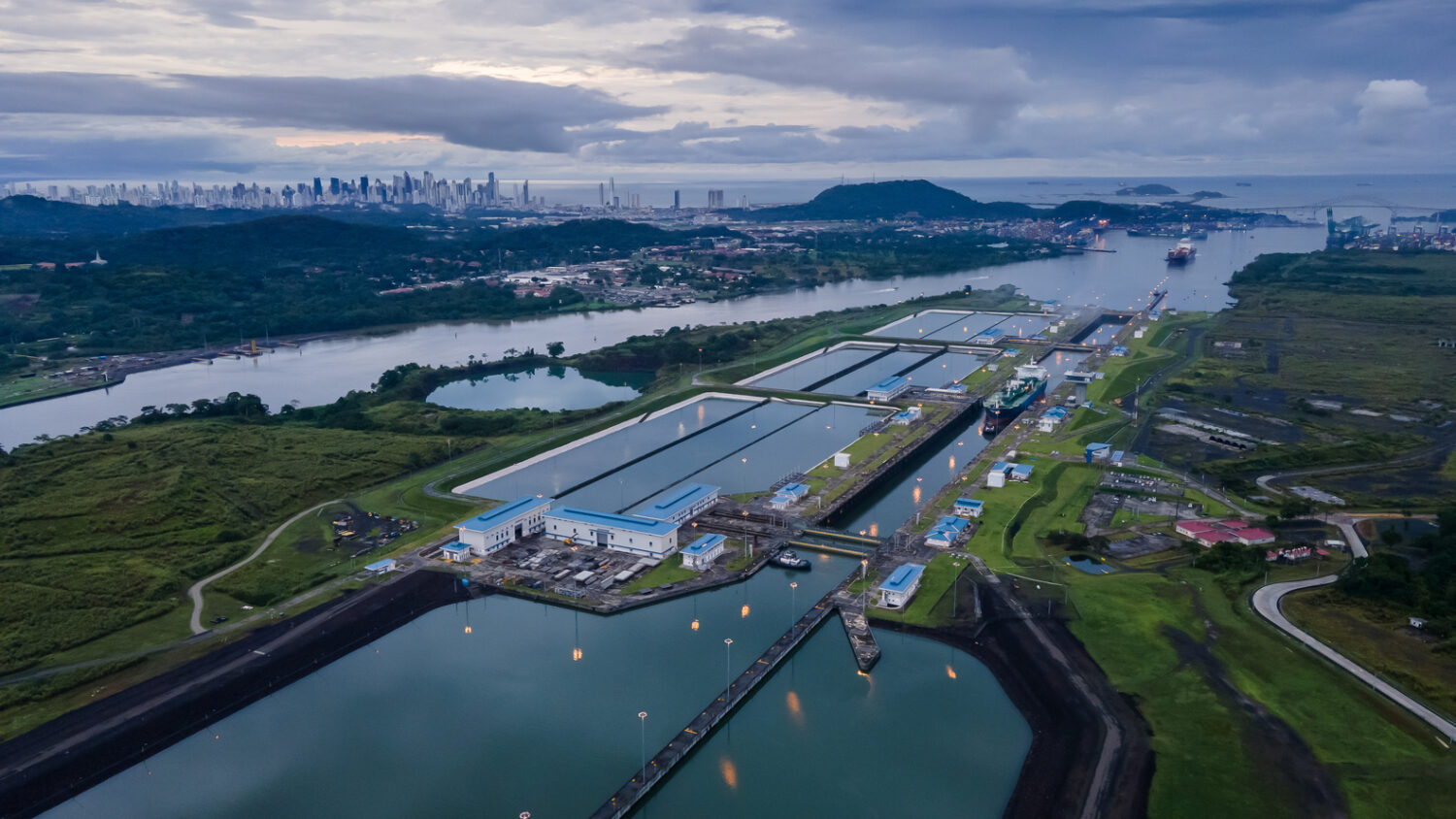
Curator Aimée Lam Tunon focuses her attention on three distinct sectors within the former Panama Canal Zone, delving into the profound effects they had on the pre-existing communities, cultures, and natural environment. “Since antiquity, the tropics have been widely recognised as a symbol of exotic beauty, dangerous animals and luxuriant vegetation. Portrayed as a faraway place, with different histories, languages and cultures, this geographical area represents an amalgamation of qualities that define the fantastic and mysterious nature of reality. Often considered from a western perspective to be a hostile environment to progress, the tropics represent everything that Europe and the United States are not (Lasso, 2019), the antithesis of civilised modernity. The exhibition of the Panamanian Pavilion should provide a counternarrative to this status quo, with Panama as a case study for a future vision of a “tropical” nation, by recovering and connecting its various historical influences,” Lam comments.
Tropical Modernism: Architecture and Power in West Africa
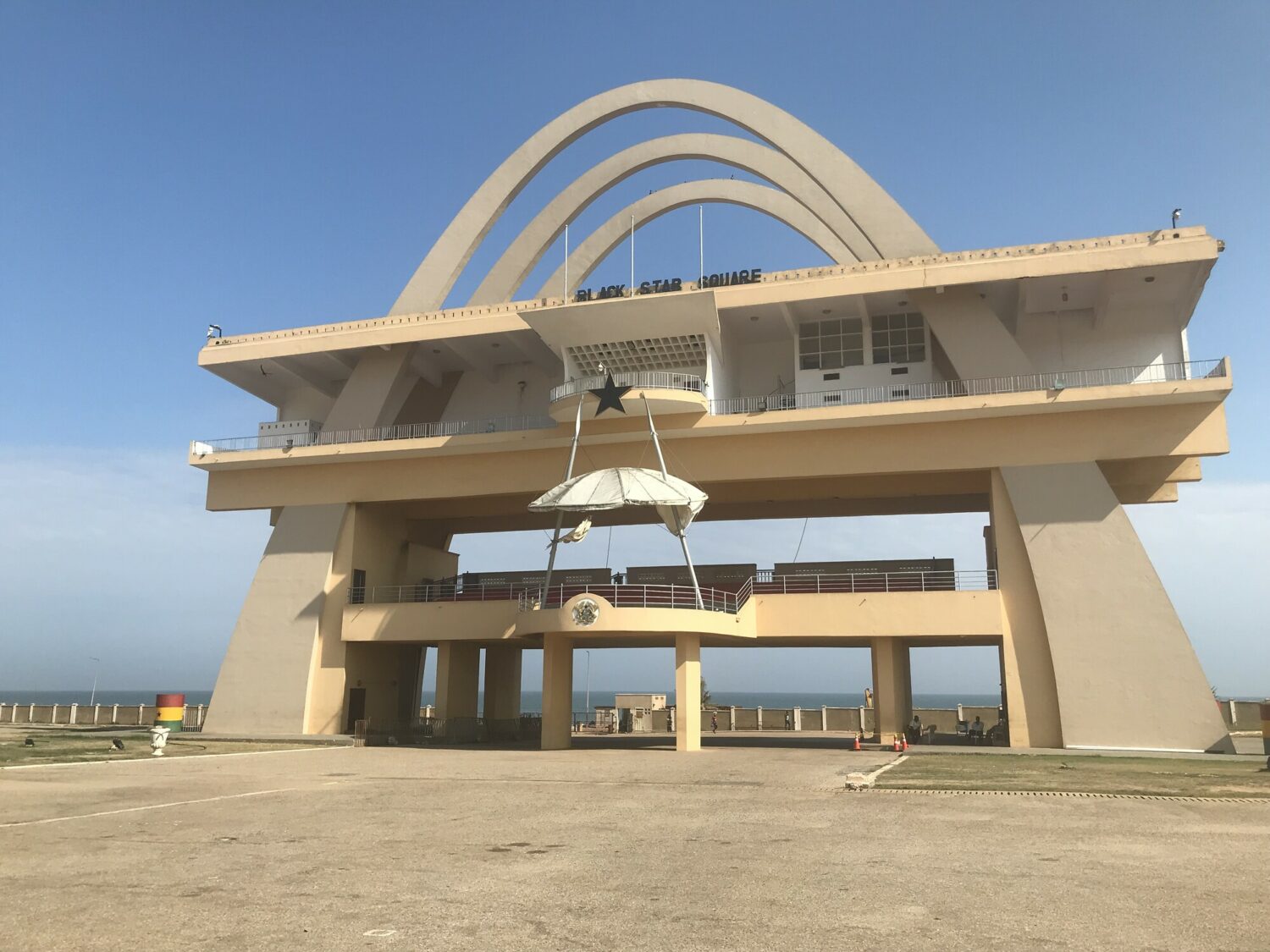
Organised in collaboration with the Victoria & Albert Museum and Architectural Association in London, and Kwame Nkrumah University of Science and Technology in Kumasi, this presentation critically reflects on the imperial history of Tropical Modernism. It explores the ways in which this distinctive architectural style was initially developed and employed as a tool to support colonial rule before being adapted by new African nations to promote the excitement and possibilities of a Pan-African future in the period that followed Ghana becoming the first sub-Saharan African country to gain independence in 1957. Curated by Dr Christopher Turner, Nana Biamah-Ofosu and Bushra Mohamed, the Venice presentation in the Applied Arts Pavilion is centred around a multi-channel film installation featuring interviews with surviving protagonists and footage of remaining buildings.
British Pavilion
Dancing Before the Moon aims to inspire debate that will challenge and influence the future of British architecture. Through its installations of new work, and a film and soundscape, it promotes the idea that everyday rituals – from growing food and cooking to playing games and dancing – are forms of spatial practice for diasporic communities and present new ways of thinking about architecture and the built environment. The curatorial team, comprising Jayden Ali, Joseph Henry, Meneesha Kellay and Sumitra Upham, guide visitors through a celebratory journey of new work by six UK-based artists and architects. Through film and objects, Yussef Agbo-Ola, Madhav Kidao, Sandra Poulson, Mac Collins, Shawanda Corbett, and Jayden Ali, highlight the central role that rituals play in reflecting the traditions and community values of people living in the UK.
Brazilian Pavilion
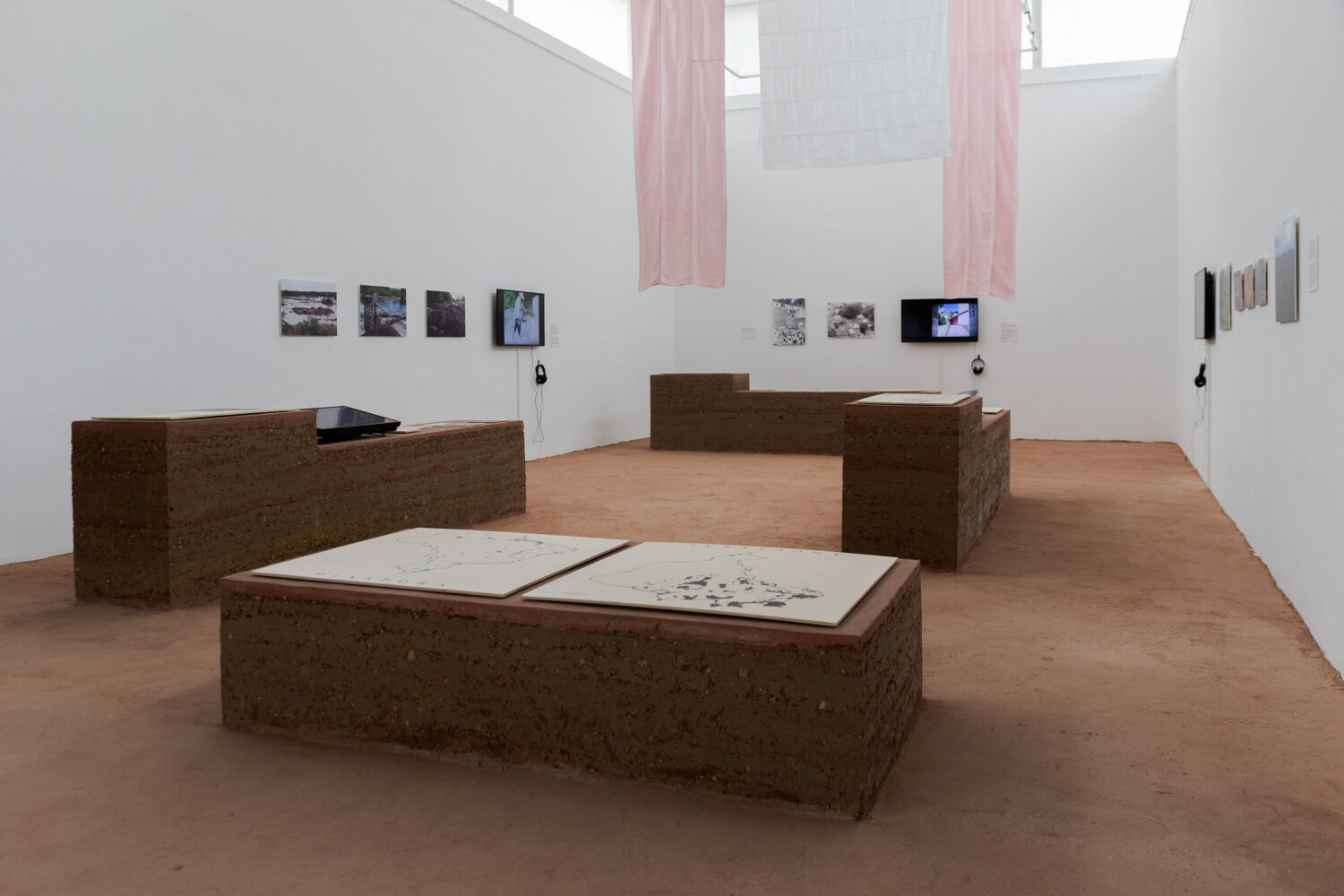
Gabriela de Matos and Paulo Tavares, co-curators of the Brazilian Pavilion, delve into various concepts from decolonisation and national identity to diaspora and indigenous knowledge systems. The exhibition, titled Terra, embraces the past to envision potential futures, with a particular emphasis on the pivotal role of land in shaping our understanding of heritage and identity. The pavilion showcases projects that emerge from Indigenous and Afro-Brazilian wisdom regarding land and territory. In addition, it features various new commissions, including an audio-visual creation by Brazilian filmmaker Juliana Vicente. Over the weekend, the Brazilian Pavilion was honoured with the prestigious Golden Lion, awarded for the best National Participation at the 18th International Architecture Exhibition. This achievement represents the first time that the Brazilian Pavilion has received this accolade.
South African Pavilion
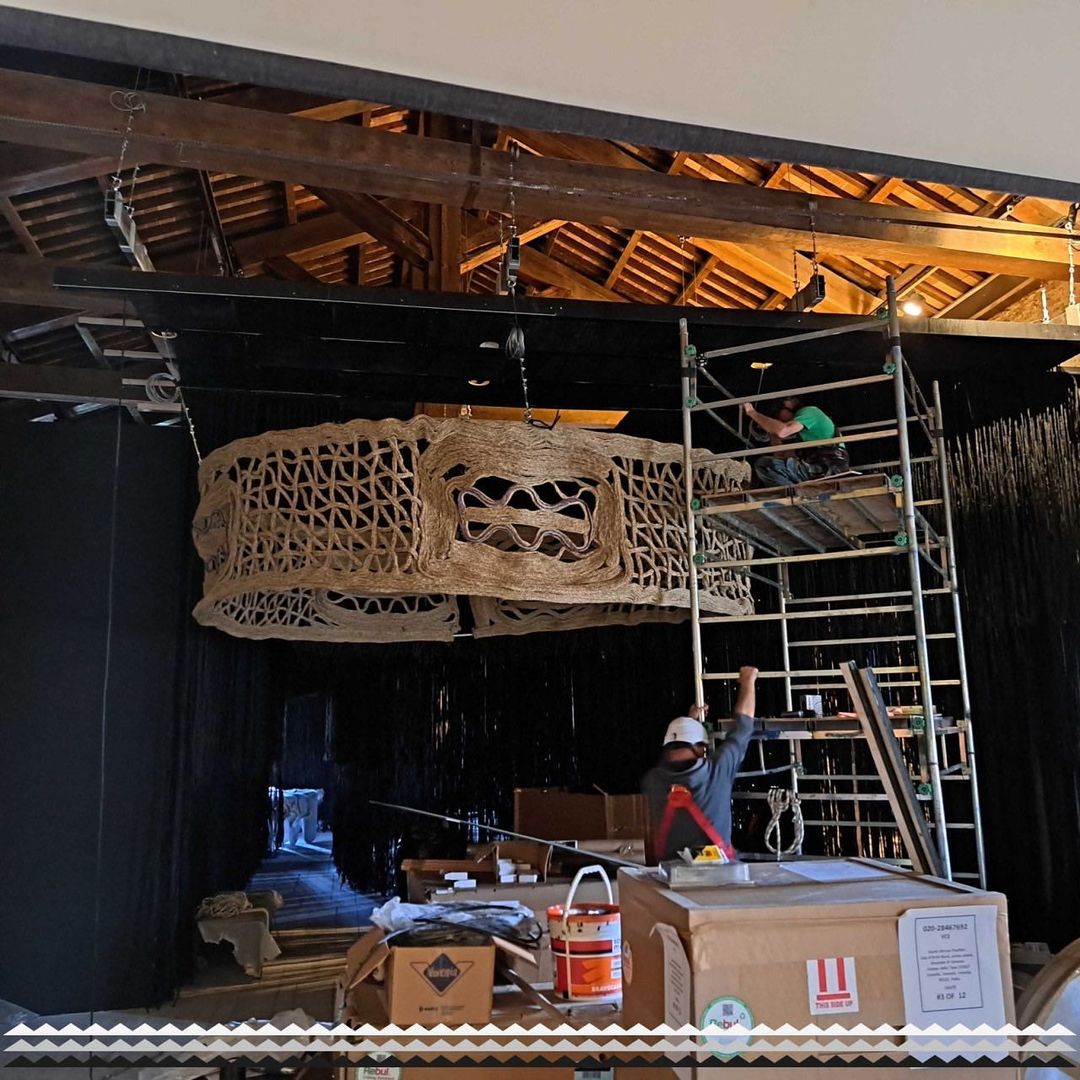
The South African Pavilion, led by curators Dr. Sechaba Maape, Dr. Emmanuel Nkambule, and Stephen Steyn, centres on the grassland region in Mpumalanga, situated east of Johannesburg, and specifically focuses on the Bokoni civilisation. The overarching theme of the exhibit revolves around the architectural representation of existing and speculative social structures, and it is fittingly named The Structure of a People. Before the exhibition, the curators organised a national architecture competition called Political Animals. The aim was to collect artefacts created by lecturers and architecture students, which symbolise the essence of their respective schools or universities. The resulting models and miniature architectures, skilfully crafted by ModelArt, are also showcased.
Egypt Pavilion
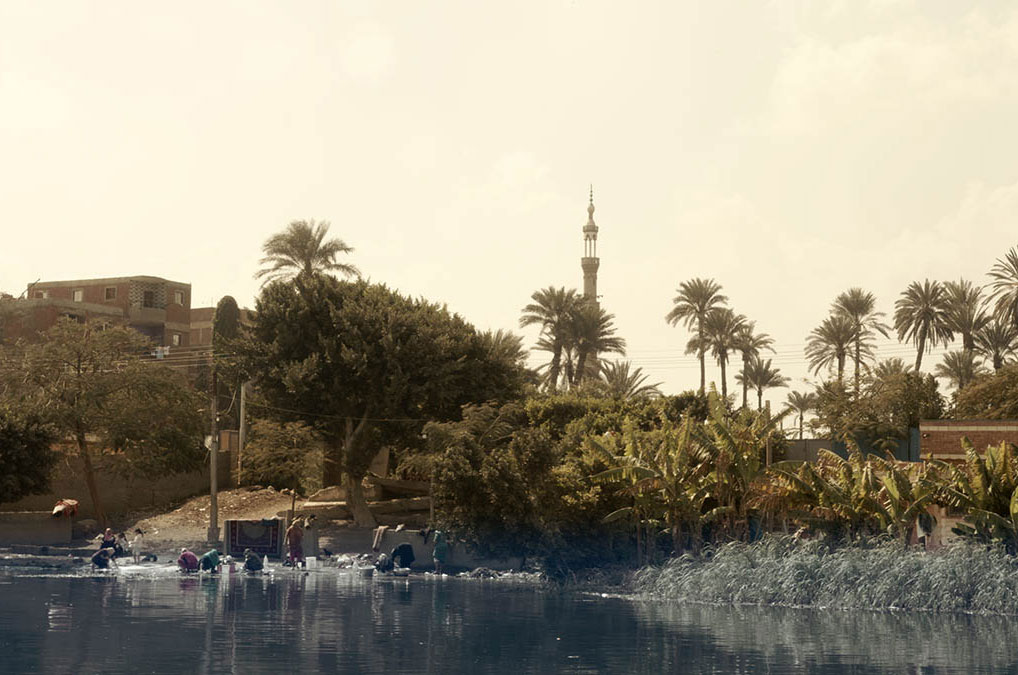
Egypt’s Pavilion is conceived as a multifunctional device for understanding and developing ideas and projects for the Niles, an opportunity for reflection on the theme of water and rivers in the era of climate change – a “visual machine” in which the visitor is immersed in the landscape of the Nile together with water, nature and history. The curation of the exhibition is a collaboration between Ain-Shams University in Cairo, Faculty of Engineering, Egypt, and Università Mediterranea di Reggio Calabria, dArTe Department of Architecture and Territory, Italy. The primary objective is to create an immersive experience for visitors. Through a collection of projects and case studies, the exhibition explores new spatial interventions and their interconnectedness, examining the relationships and impacts between nature, landscapes, and cultures within the region.
Taiwan Collateral Event
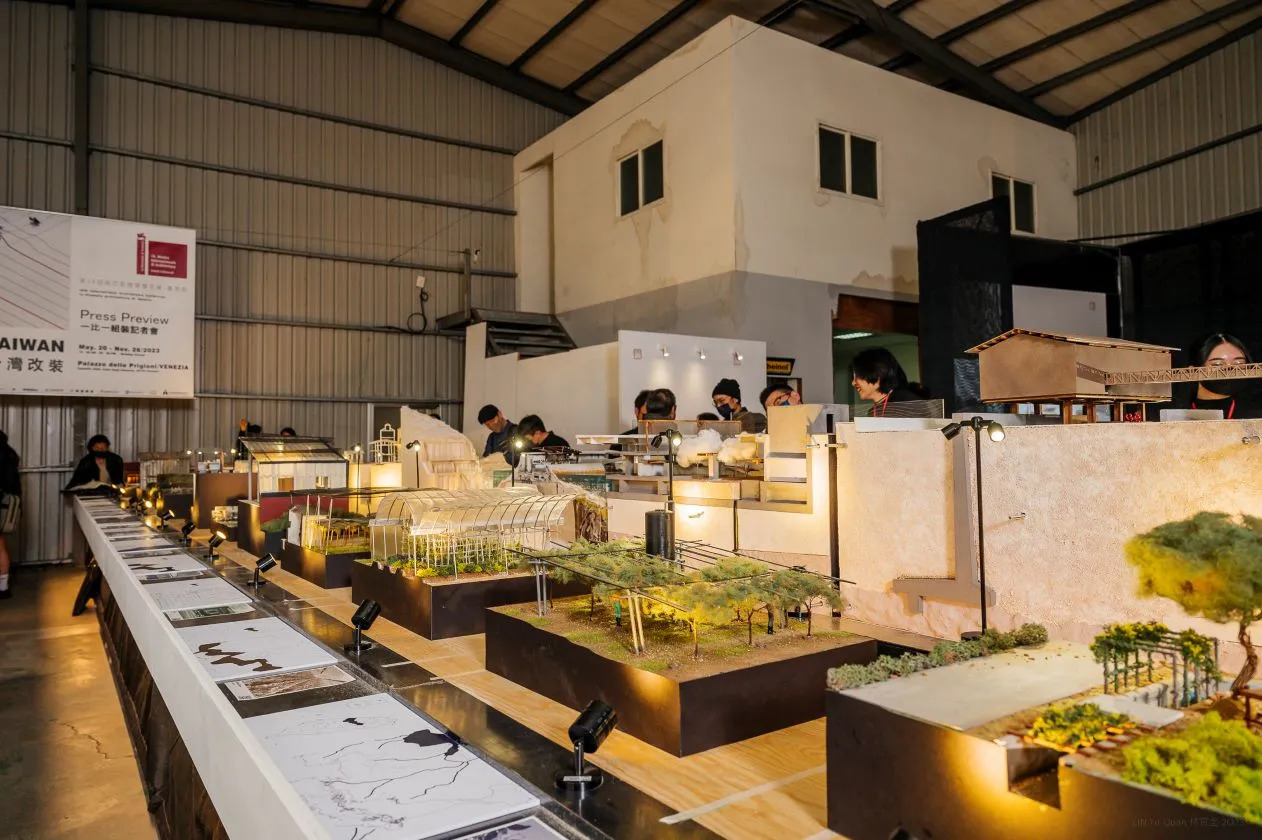
Through Diachronic Apparatuses of Taiwan – Architecture as on-going details within landscape, the curatorial team examines Taiwan’s agricultural landscapes at varying altitudes through a “cross-sectional” perspective, discovering and unpacking the “modified” aspects to them. The curators have proposed six key words, namely “negotiator”, “duality”, “prosthesis”, “domesticity”, “intermediary” and “filter”, in response to how people clash with nature and also make compromises to facilitate mutual prosperity across different landscapes in Taiwan, thereby unearthing possibilities for the future development of Taiwanese architecture. Organised by the National Taiwan Museum of Fine Arts under the Ministry of Culture, the event is held at the Palazzo delle Prigioni.
US Pavilion
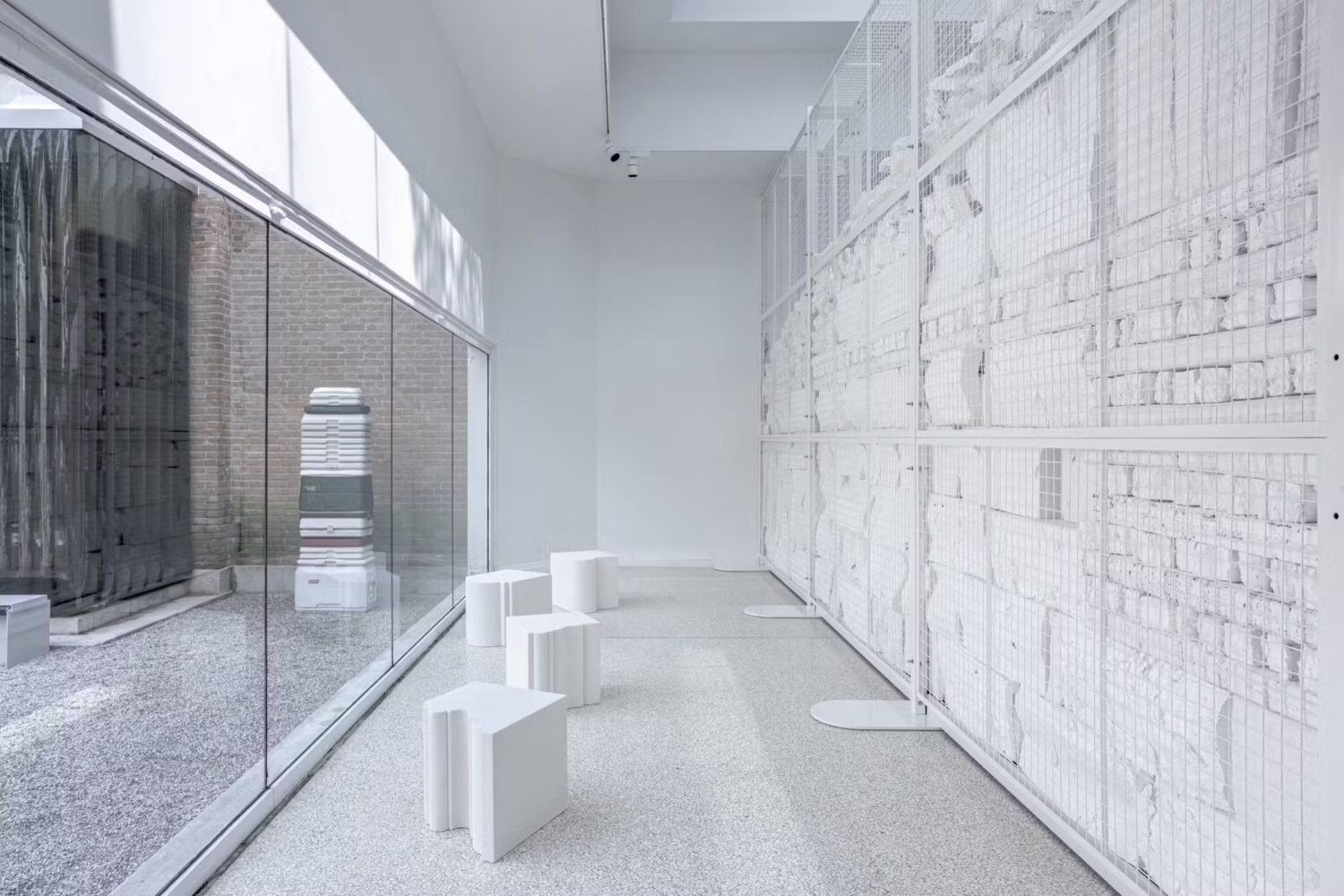
SPACES director Tizziana Baldenebro and Museum of Contemporary Art Cleveland curator Lauren Leving have curated the US pavilion, with an exhibition titled Everlasting Plastics. The duo have invited a number of artists and designers to present works during the event, including Cleveland-based sculptor Lauren Yeager; Xavi Laida Aguirre, assistant professor at MIT; Ang Li, architect and assistant professor at Northeastern University in Boston; Chicago-based social practice artist Norman Teague; and designer Simon Anton, cofounder of the Detroit-based design collective, Thing Thing. All the artists and designers invited have taken into consideration systems of waste, waste production, and their impact on communities, especially in the American Midwest, where the production of petroleum-based polymers is an important part of the industry.
Feature: Externalities by Ang Li. Photo credit: ReportArch / Andrea Ferro Photography